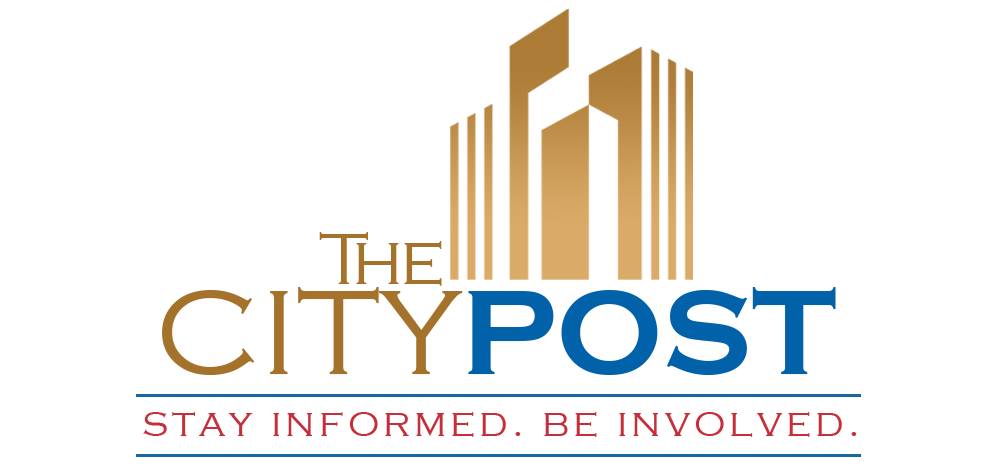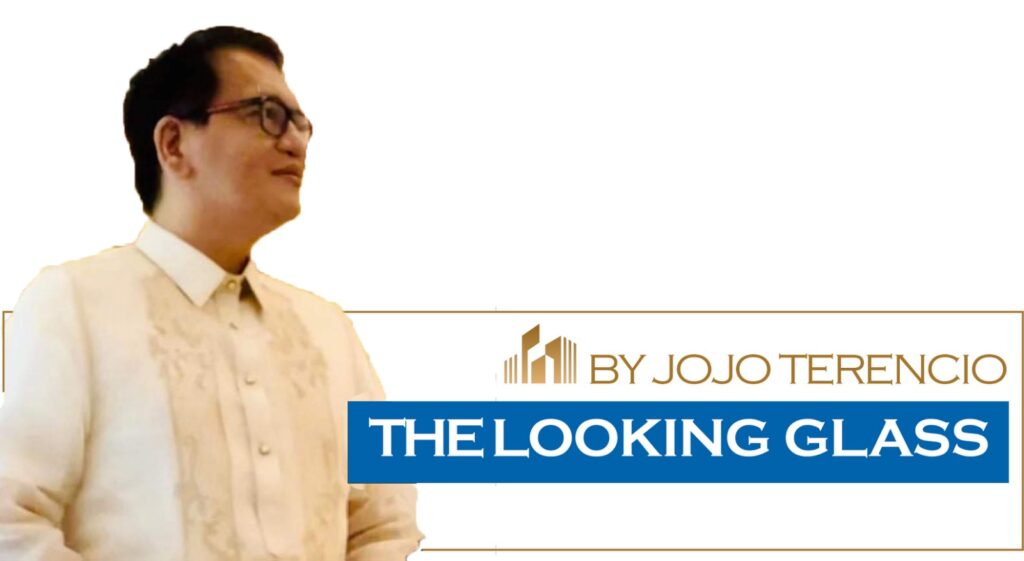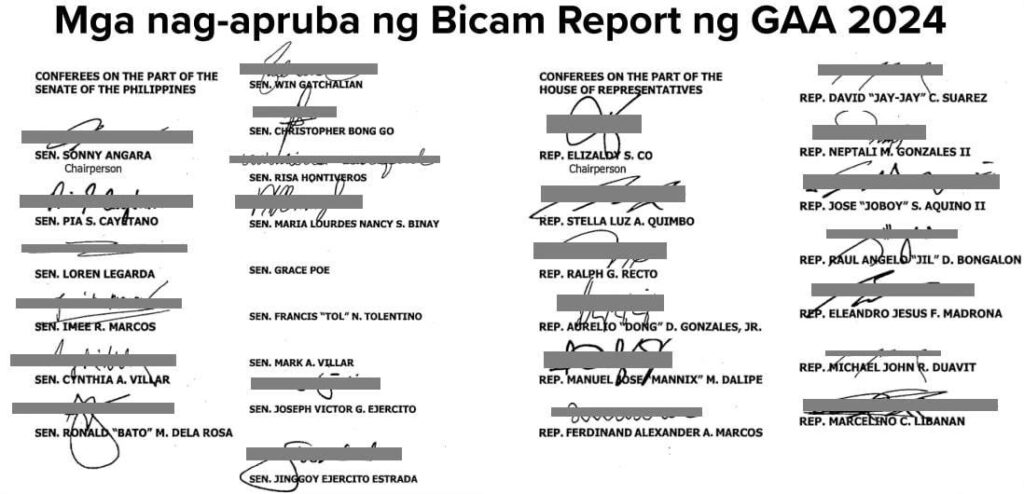The Philippines’ Pantawid Pamilyang Pilipino Program (4Ps) has been a lifeline for millions of marginalized Filipinos, providing critical financial assistance to help families meet their basic needs. Yet, as we move into the digital age, the program’s current structure misses significant opportunities to empower recipients beyond immediate financial relief. By digitalizing the 4Ps program, the government can unlock a transformative potential that ensures greater transparency and accountability and encourages beneficiaries to build their financial future, reducing long-term dependency on aid.
Transparent Monitoring: Tracking Spending and Saving One of the core advantages of a digitalized 4Ps program is the transparency it could bring. Imagine if, instead of receiving cash, recipients were provided with digital wallets linked to a government-managed app.
This setup would allow each transaction to be recorded in real-time, giving recipients an accessible platform to track their spending. On the other side, government agencies would gain insights into spending patterns through anonymized data, allowing them to ensure funds are being used as intended, without invading individual privacy.
This digital monitoring feature would also empower recipients to see where their aid is going, fostering greater financial awareness. Monthly reports categorizing expenditures (like food, education, and healthcare) would help families understand their spending and potentially encourage more thoughtful financial choices. The transparency of such a system would give both recipients and government agencies a clearer picture of aid usage, making program improvements more targeted and data-driven.
Creating a Culture of Savings with Incentives and Perks Digital wallets offer another exciting possibility: incentives for saving. What if recipients could earn rewards for setting aside a portion of their monthly assistance? For instance, families who save 10% of their aid consistently for three months could receive grocery vouchers or discounts at participating local businesses. This kind of milestone-based reward system could be a game-changer, providing families with small but meaningful perks that encourage savings and gradually build financial security.
A “savings badge” system could also gamify this process, adding another layer of motivation. Families could unlock access to valuable resources like financial literacy workshops, discounts, or even healthcare support by reaching specific saving milestones. These small, achievable incentives could create a culture of saving that builds up over time, helping families see the value in setting funds aside rather than just meeting immediate needs.
Ayuda Matching: Empowering Savings Growth One of the most empowering opportunities in a digital 4Ps system is the potential to match recipients’ savings. Similar to how the U.S. 401(k) program works, the Philippine Government could consider matching the savings of 4Ps beneficiaries. For example, if a family manages to save 500 PHP in a month, the government could contribute an additional 200 PHP to their digital wallet as a bonus for responsible financial behavior. To keep this system sustainable, matching bonuses could be offered quarterly rather than monthly, incentivizing families to save steadily over a longer period.
This “Ayuda Matching Program” would not only encourage families to save but also provide a meaningful boost to their financial reserves, creating a buffer for future needs. Setting caps on matching contributions would help ensure the program’s longevity, while still offering families the opportunity to increase their financial resilience.
Reducing Corruption Through Digital Transparency The current cash-based 4Ps system is not immune to corruption, with funds potentially mismanaged or diverted by intermediaries. A digitalized program that deposits aid directly into recipients’ wallets would reduce handling, bypassing layers where funds could otherwise be siphoned. Moreover, by leveraging blockchain technology, every transaction could be recorded in a tamper-proof ledger, further minimizing corruption risks and establishing a foundation of trust in the system. Blockchain-based transparency could also make it easier for third-party audits and even public access to high-level summaries of funds disbursed. This level of transparency could help ensure accountability at all stages, reducing the potential for misuse and increasing public confidence in the program’s integrity.
Financial Independence: Moving Beyond Long-Term Dependency A digitalized 4Ps program has the potential to be more than just a handout; it can become a stepping stone toward financial independence. This transformation, however, requires more than just technical infrastructure—it also needs a commitment to empowering beneficiaries. Financial literacy programs integrated into the app could provide valuable guidance on budgeting, saving, and managing money effectively. As recipients grow their financial knowledge, they become better equipped to manage their aid responsibly.
Graduation incentives could mark the final phase of financial empowerment within the program. Families showing financial stability through consistent saving and wise spending might eventually “graduate” from the 4Ps program, receiving a final incentive package designed to help them transition into full independence. This could include a savings boost, job-skills training, or even a micro-grant to start a small business, preparing them for life beyond government support.
Building a Brighter Future Through Digital Transformation The transition to a digitalized 4Ps program can potentially change lives, empowering recipients to take charge of their financial future. However, success depends on how this transition is implemented. Partnering with financial institutions and fintech companies could ensure a seamless rollout of digital wallets and incentivize savings through community benefits. Pilot programs could be launched in select areas to test the system, allowing for adjustments and improvements before a full-scale rollout. Feedback from recipients would be essential to refining the program. By integrating channels for user feedback, the government could continuously adapt the system to be more user-centered and responsive to the actual needs of beneficiaries.
Digitalizing the 4Ps program is about more than modernization; it’s about empowerment, transparency, and building pathways to financial resilience. By fostering a culture of savings, minimizing corruption, and enabling financial literacy, the Philippine Government can transform this vital aid program from a mere safety net into a powerful vehicle for growth. This change would mean more than just financial support; it would create a stepping stone for families to move from dependency to independence, lifting communities, and enabling them to build a sustainable future on their terms.
———————————————-
Rafael “Raffy” Gutierrez is a veteran Technology Trainer with over 25 years of experience in networking, systems design, and diverse computer technologies.




